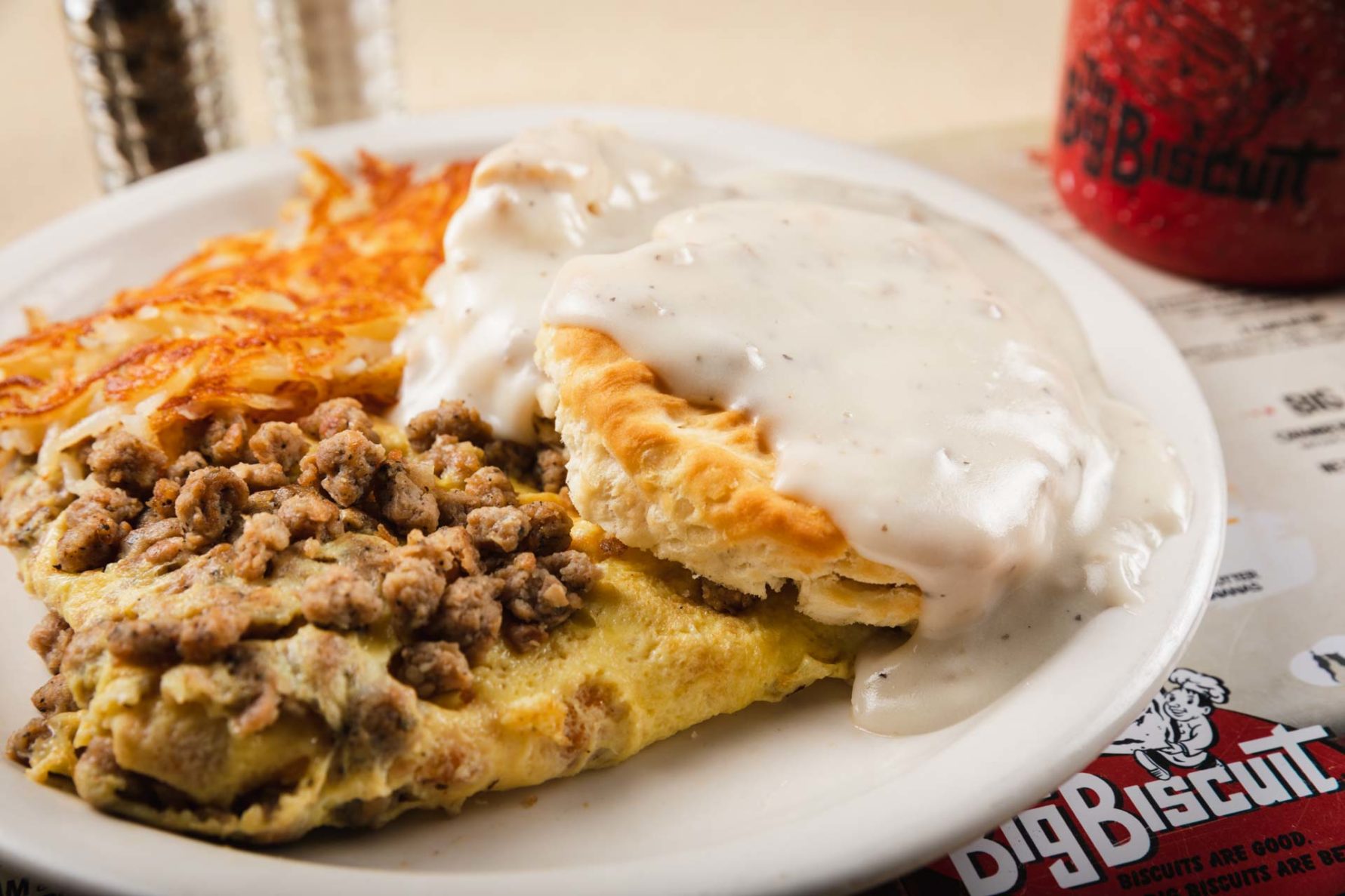
The National Biscuit Company, which had changed their name to Nabisco in 1941, moved to New Jersey in 1958. Of course 445 West 15th Street didn’t stay in the cookie-making business forever. The National Biscuit Company also purchased the entire two blocks from 15th to 16th Streets, Ninth to Eleventh Avenues, which would become the largest baking manufacturing complex in the world. In the 1920s the building was converted to a garage, which housed an innovative fleet of electric cars for the manufacturing giant, as well as a warehouse with offices.

445 West 14th Street was one such property, sold to the National Biscuit Company in 1920. From the GVSHP Historic Image ArchiveĪround the time that Waldorf Astor passed away in 1919, the National Biscuit Company began purchasing properties in the area that it had been leasing from the Astor Estate. A former Nabisco building, now part of Chelsea Market. With the introduction of Oreos and Animal Crackers, the National Biscuit Company was the country’s major manufacturer of cookies and crackers. In 1898, the New York Biscuit Company merged with its biggest competitor, the American Biscuit Company, acquiring the Fig Newton and Premium Saltine brands, and becoming the National Biscuit Company. In 1892, the New York Biscuit Company had recently completed its huge bakery and office complex at Tenth Avenue and West 15th Street. Jackson, who was well known as one of the designers of the rebuilt Trinity Church in 1839. The building was designed by the prominent architect Thomas R. According to the Daytonian, on JThe Real Estate Record & Builders’ Guide reported Astor’s intention to build a stable on the site for the New York Biscuit Company. Astor I, then the Astor Estate until partition in 1878, then John Jacob Astor III, and finally William Waldorf Astor. According to the designation report, this land was owned by the Astors from 1819 to 1919. This red brick Romanesque Revival building has a long and storied history. As part of this survey, we photographed what would become the most northwest building included in the historic district, the New York Biscuit Stables at 445 West 14th Street. We recently added one such photo survey to GVSHP’s Historic Image Archive covering the northern area of the district above 14th street including the Chelsea Market, the old Nabisco factory, and the High Line before transformation.


That research included photo surveys of the area. In the early 2000’s GVSHP conducted research that led to the designation of the Gansevoort Market Historic District.


 0 kommentar(er)
0 kommentar(er)
